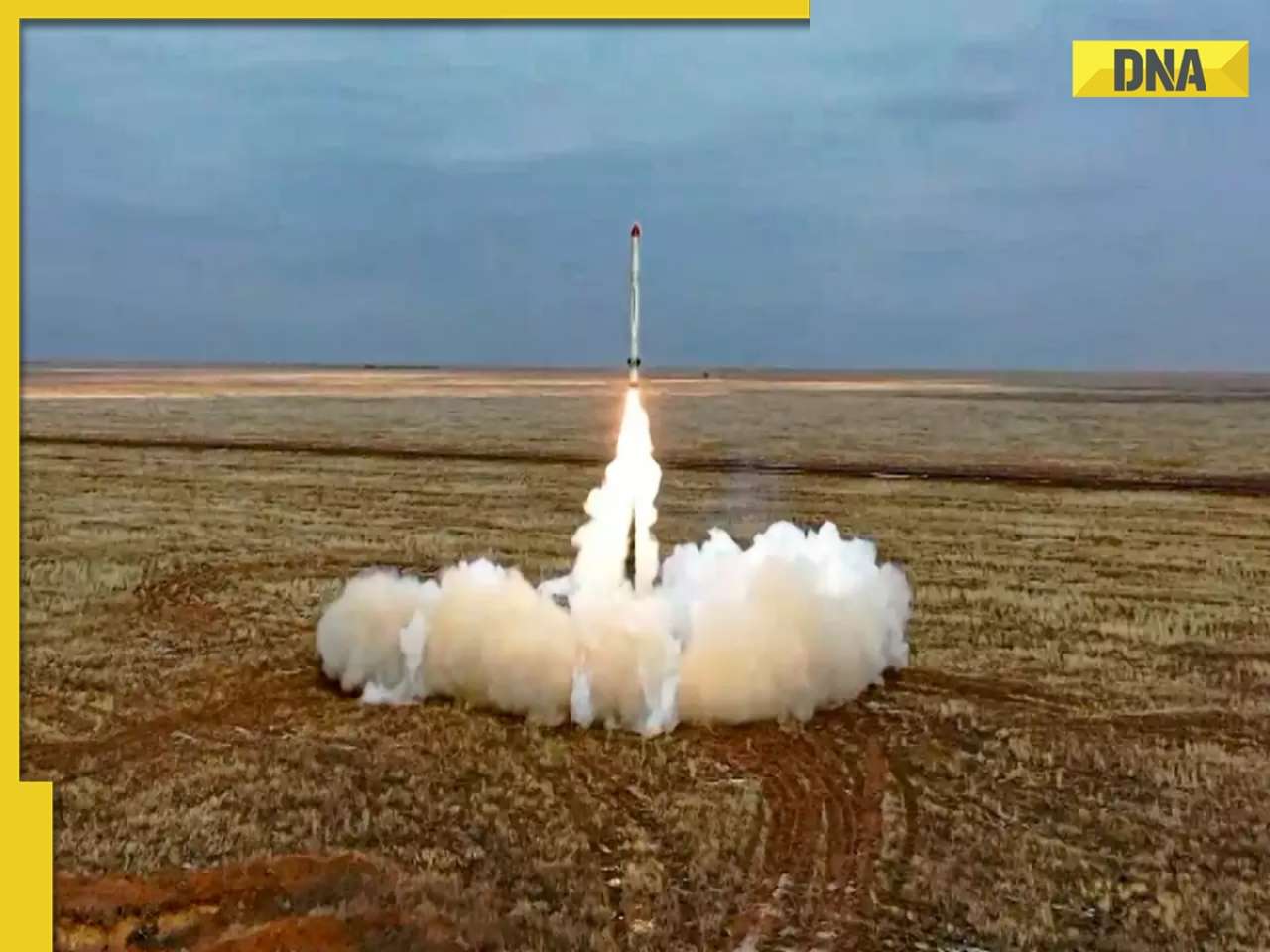- LATEST
- WEBSTORY
- TRENDING
AUTOMOBILE
Automotive Eras Explained from Brass to Contemporary, from Model T to Tesla
Each era showcases the progress, design trends and cultural impact of its time.
TRENDING NOW
The automotive world is rich with history, and understanding the distinctions between different eras of cars is essential for enthusiasts and collectors. Each era showcases the progress, design trends and cultural impact of its time. Let's delve into each era in detail to understand what makes them unique.
Brass Era (1890s-1919)
The Brass Era represents the dawn of the automotive industry. Cars from this period are known for their brass fittings, simplistic design and early technological breakthroughs.
- Brass fittings were common, giving these cars their name. The designs were basic, often resembling carriages.
- Breakthroughs such as the internal combustion engine, basic electrical systems and initial steps towards standardized production.
- Key Models: Ford Model T, Benz Patent Motorwagen.
Vintage Era (1919-1930)
Following the Brass Era is the Vintage Era that spans from post World War I to the onset of the Great Depression.
- The introduction of electric starters, hydraulic brakes and efficient engines marked a significant shift in automotive engineering.
- These cars boasted designs paired with craftsmanship, luxurious interiors and stylish exteriors.
- Key Models: The Ford Model A, Rolls Royce Phantom I and Bugatti Type 35 were highly regarded during this period.
The Pre War Era (1930-1945)
The Pre War Era encompassed the years leading up to and including World War II.
- This period witnessed the emergence of opulent vehicles alongside the adoption of aerodynamic design principles.
- Engine performance saw improvements with innovations like supercharging being introduced.
- Key Models: Cars like the Cadillac V16 and Mercedes Benz 540K made their mark during this era.
The Post War Era (1945-1960)
Following World War II, the automotive industry experienced a boom. The Post-War Era is known for the mass production of cars, the rise of consumer culture, and the introduction of new technologies such as automatic transmissions.
- Mass production: Regarding production there were improvements in the assembly line process that resulted in cars becoming more budget friendly and widely available.
- The cultural impact was significant as cars became emblematic of consumer culture and a representation of freedom.
- Technological advancements during this time included the introduction of automatic transmissions, power steering and more reliable engines.
- Key models: Volkswagen Beetle, Chevrolet Bel Air and Porsche 356.
Classic Era (1960-1980)
In this era, cars evolved into symbols of identity and fashion.
- Cars became more stylish and performance-oriented, with sleek lines and powerful engines.
- Classic cars gained prominence in movies, music and popular culture during this period.
- Restoration practices focused on preserving cars in their state to maintain authenticity.
- Key models: Ford Mustang, Jaguar E Type, and Chevrolet Corvette.
Modern Classic Era (1980-2000)
The Modern Classic Era bridged the gap between classic cars and contemporary vehicles. Cars from this period are often seen as the last of the analog era, before the widespread adoption of digital technology.
- The shift, towards technologies began with features like electronic fuel injection and advanced suspension systems while still holding onto that analog appeal.
- These vehicles boasted performance alongside design elements that set them apart.
- They hold a place in our hearts for the past and are gaining recognition for their historical value.
- Key models: BMW E30, Toyota Supra and Porsche 911 (993).
Contemporary Era (2000-Present)
Moving into the age from 2000 brings us to a new wave of automotive advancements.
- This period marked the introduction of electric and hybrid powertrains along with safety measures and autonomous driving features.
- The emphasis is on cutting-edge designs that prioritize efficiency, sustainability and connectivity.
- Key models: Tesla Model S, BMW i8, Audi Q8, Mercedes-Benz EQS.
Whether you are a collector, a casual enthusiast, or someone who simply appreciates the beauty of automotive design, the cars of these different eras offer a timeless connection to the past and a glimpse into the evolution of an industry that continues to shape our world.







)
)
)
)
)
)
)
)
)
)
)
)
)
)
)
)




























































